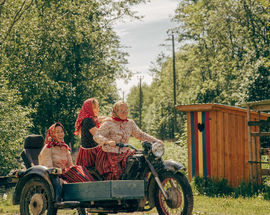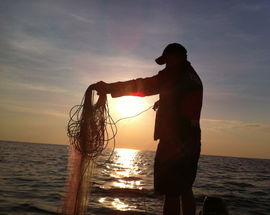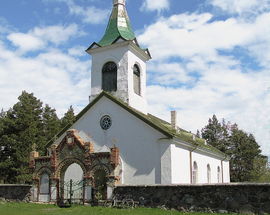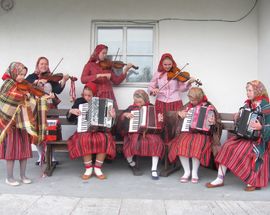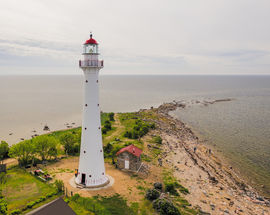Kihnu, Estonia’s seventh largest island, was included on UNESCO’s list of Masterpieces of the Oral and Intangible Heritage of Humanity in 2003. Kihnu offers a glimpse of a side of Estonian life that you could never see on the mainland. Most islanders boast a fairly mixed heritage, with Swedish and Livonian as well as Estonian roots. The island’s women are known for continuing to wear the traditional striped woollen skirts that their mothers, grandmothers and great grandmothers wore. On the island you’ll find the Kihnu Museum, located in a 19th-century schoolhouse, a 16th-century church, and the cemetery where the island’s legendary hero, Kihnu Jőnn is buried. At the southern tip of the island stands a lighthouse built in 1864.
What to do when you get there
On the island you’ll find the Kihnu Museum, located in a 19th-century schoolhouse, a 16th-century church, and the cemetery where the island’s legendary hero, Kihnu Jőnn is buried. At the southern tip of the island stands a lighthouse built in 1864. Contact the travel agency Kihnurand, tel. 525 51 72, www.kihnurand.ee for information about camping, farmstays and tours on Kihnu.
Getting There
To get to Kihnu, you'll need to take a 1-hour ferry from Munalaiu harbour. Buses (1-hour drive) to Munalaiu leave from Pärnu bus station and will get you there in time for ferries. Ferry tickets and info: https://veeteed.com/#/en/
Kihnu island
Refine your search
Choose Categories
Where to stay
Submit


